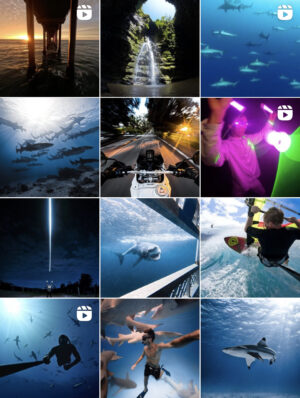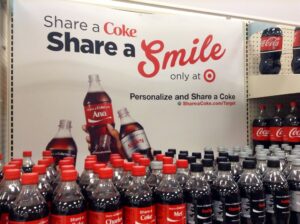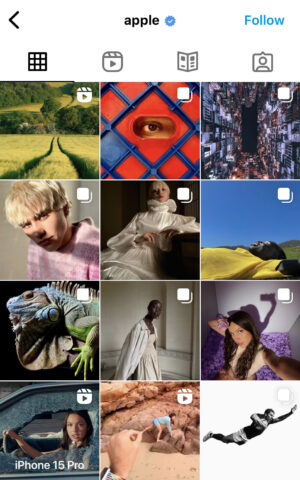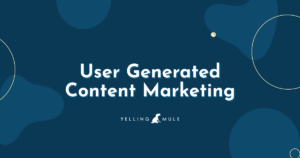What is User Generated Content?
UGC or user-generated content is original content that a customer publishes on social channels about a brand. UGC can come in many forms such as images, videos, reviews, podcasts, or a testimonial.
UGC Creators
Brands hire people to create content showcasing their product or service in a way that emulates traditional UGC. The idea is that the content is designed to appear authentic even though it is not actually organic. UGC Creators are valuable and the content they produce builds communities, increases awareness, and drives sales.
Hiring multiple contractors to create UGC brings in organic content faster and in larger quantities than most in-house marketers could create. Also, hiring a UGC creator is much less expensive than hiring a recognizable celebrity for an advertisement.
Why is UGC important?
Once a business receives the UGC from its contractors it can be positioned as the company pleases on social media. According to research, consumers are 2.4 times more likely to view user-generated content. The content immediately receives more engagement from the brand’s followers, because it doesn’t look like the traditional ad format. This increased engagement leads to higher chances of conversions and sales!
Examples of UGC
Here are some of the top brands that have found immense success from properly executing UGC campaigns.
GoPro

#GoProMillionDollarChallenge Campaign:
GroPro encourages their customers to post videos and photos they took on their cameras by hosting photo/video challenges. Hosting these contests provides the company with endless video content that their product created. Reposting customer content also acts as an amazing testimonial for their camera and the quality they provide without physically showing the product.
In 2021, the Million Dollar Challenge was split between 62 recipients that submitted film from their GoProHERO10 to create an epic end of year compilation for the brand. The company was able to receive participation from over 27,000 of its customers, which exponentially boosted brand awareness by being tagged on their customers posts on YouTube and Instagram.
Coca-Cola

Share a Coke Campaign:
Coca-Cola changed their bottles’ branding to say “Share a Coke with” followed by a person’s name. People became obsessed with finding a bottle with their own name and sharing them on their social media platforms. Coca-Cola encouraged consumers to use their hashtag, #ShareACoke, and tag them when posting their Coke bottles. Coca-Cola was then able to repost all of the user-generated #ShareACoke posts on their main feed. The campaign increased sales by 2% in the U.S. and by 4% in Australia.
Apple

#ShotoniPhone Campaign:
In 2015, Apple launched the #ShotoniPhone campaign to highlight their new product’s enhanced camera quality. On Instagram, the hashtag was mentioned over 16 million times by consumers at it launch, but has now been tagged on 29.2 million photos. This has allowed Apple to repost over 671 of those images as user-generated content on their official Instagram account. This immense engagement raised Apple’s brand awareness and improved brand loyalty. Engagement goals were originally set to drive sales, which were blown out of the water the year the campaign was launched. Apple’s iPhone sales were up with over 231 million iPhones being sold.
Today, Apple’s entire Instagram feed is dedicated to sharing content taken on the newest model of the iPhone. Not a single iPhone, MacBook, iPad, or AirPod is shown on the feed. Apple no longer needs to show the product to sell it, they sell the feelings and experience that come with their devices.


